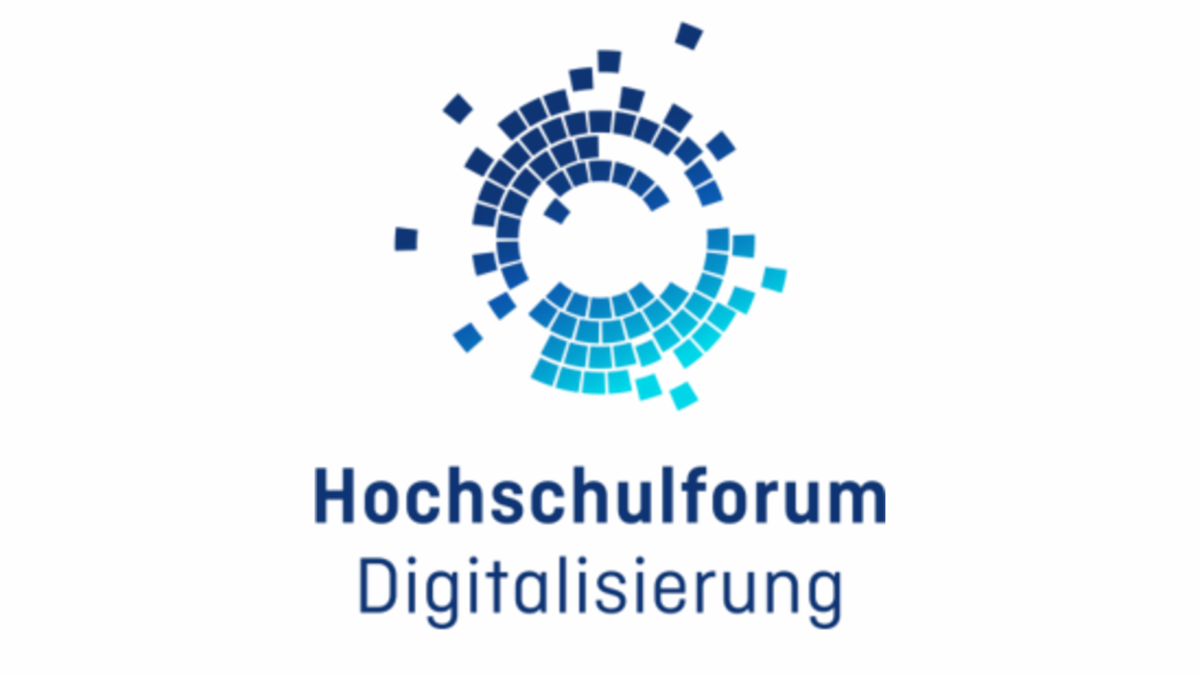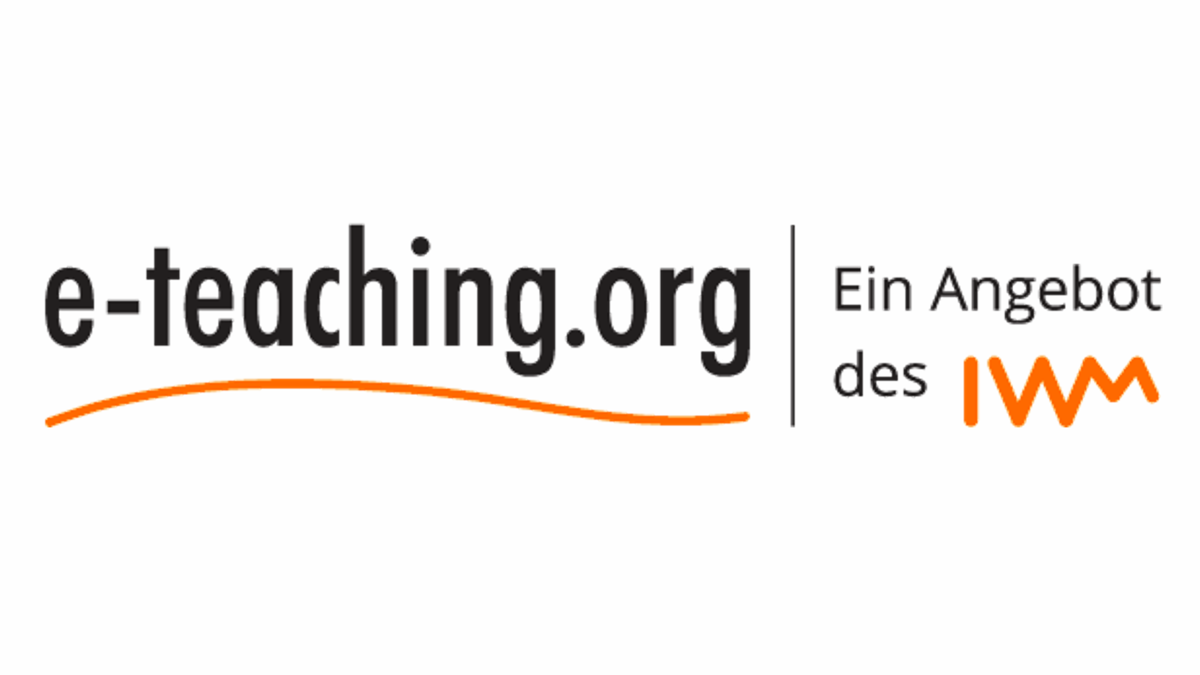Using Artificial Intelligence for Teaching in Higher Education Settings
Guidance and helpful tips for dealing with generative AI
The University of Greifswald is committed to realising ‘new academic concepts and teaching methods’ that go hand in hand with technical and societal progress and require members of the university community to adequately address new technical developments. This includes a critical and open approach to artificial intelligence (AI). During this process, it is essential to maintain academic integrity and pay attention to the potential limitations and risks. This applies to both using generative AI in studies and teaching and to integrating it in your own research.

Legal framework
Data protection
- Do not enter any personal data
- You cannot be forced to enter personal data for registering
- Critically review the providers' data protection policies
Copyright law
- Do not enter any data protected by copyright
- AI-supported programmes are not authors
Further links
AI Act of the European Parliament
Recommendation from the Federal Ministry of Justice [de]
Assessment from the Ruhr University Bochum
Artificial intelligence for studies
Teaching staff
If you would like to use generative artificial intelligence tools in your class:
- there must be no disadvantage for students who do not want to use the third-party software
- you should already indicate this in the course timetable
- you should also provide information on the related legal framework
Possible learner-centred applications are:
- Various learning materials for different groups of learners
- Assessment of students using own criteria
- Providing automated feedback
- Tutoring (AI as a Socratic dialogue partner/tutor)
Possible teacher-centred applications include:
- Automated assessments, organisation and administration
- Progress analyses
- Class/seminar/lecture planning
- Research assistant
Cf. Lehre virtuell [Teachingvirtually] at Frankfurt University.
Students
If you want to use generative artificial intelligence tools in your studies:
- you should clearly mark generated content
- you should critically reflect on the input and output
- you should also inform yourself about the legal aspects of its use
If you want to use generative artificial intelligence in marked assessments, you must come to a transparent agreement with your lecturer about which tools are allowed!
Possible applications include:
- Having texts summarised
- Getting an initial overview of a topic
- Obtaining assistance with structuring
- Tutoring
- Making sure you have understood content
- Receiving feedback on your texts
- As a research aid
Use in organising your studies:
- Preparation/planning of the semester
- Examination preparation
- Research assistant
Cf. Lehre virtuell [Virtual teaching] at Frankfurt University
Artificial intelligence in examination contexts
| Examination format | Risk | On Campus | Please note |
|---|---|---|---|
| Analogue exam | very low | yes | no electronic devices |
| Digital exam in the lecture hall | very low | yes | Saving of exam browser possible |
| Oral examination | very low | yes | no electronic devices |
| Presentation | medium | during preparation: no | generative AI can produce texts, structure lectures, presentations carried out without AI |
| Seminar / term paper | high | no | generative AI can generate texts, structure and outline, makes it easier to research literature |
| Dissertation | high | no | generative AI can generate texts, structure and outline, makes it easier to research literature |
- No conclusive detection possible
- No software on the market offers legal certainty
- Identical prompts can generate different outputs
SO:
Thoroughly check bibliographical references: Does the source exist? Is the DOI correct? Is the source clear?
Guidelines from the University of Basel
“Rules for tools“
- Cf. PDF by Prof. Dr. Christian Spannagel
- As an instructor, you are responsible for determining which aids are permitted in your classes and examinations. Communicate them openly and transparently.
- Cf. List of tools in the respective subject fields
- No change necessary to the declaration of independent work
Access to generative artificial intelligence tools
List of other AI tools
The University does not provide access and assumes no liability. Please independently check the terms of use. The list is not intended to be exhaustive and the recommendations serve as examples at the time of publication only.
Text-generating tools
- Chat GPT/ OpenAI
- Bing Co-Pilot
- Perplexity
Image-generating tools
- DALL-E / OpenAI
- Bing Co-Pilot
- Adobe Firefly
- Photoshop generative Fill
Research tools
- ResearchRabbit
- Elicit
- SciSpace
- OpenKnowledgeMaps
- Perplexity
Programming tools
- Chat GPT /Open
- GitHub Co-Pilot





